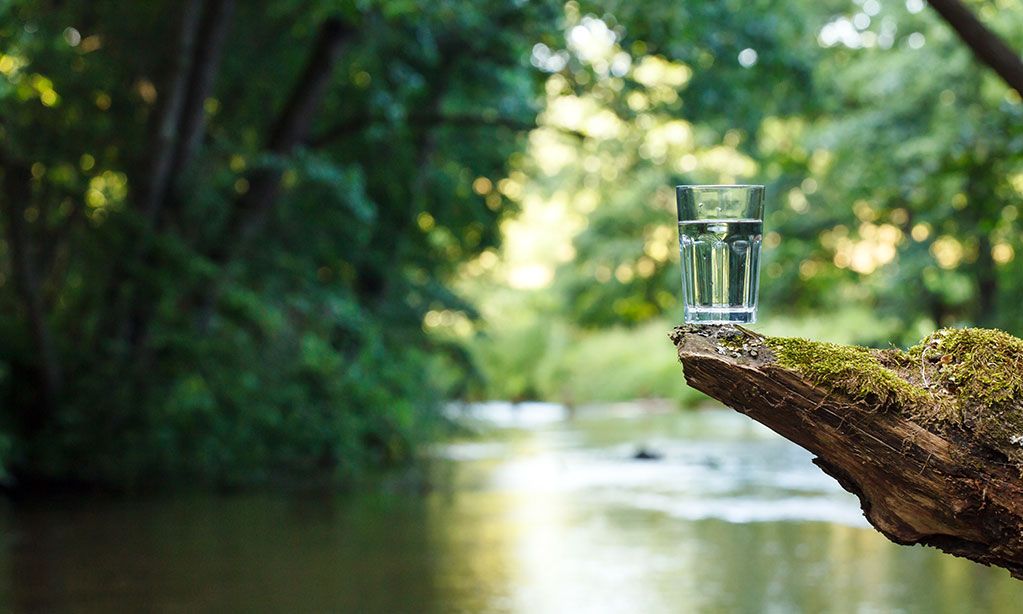
RECENT POSTS

Clean Water Act Overview
Even though the Federal Water Pollution Control Act had been in place since 1948; not much had been done to repair waters that had been impacted by decades of pollutants that were dumped either directly into waterways or had reached water tables after being dumped on the ground during and after the industrial revolution. As a result, in the early 1970’s, most untreated water was unsafe for human consumption and many bodies of water no longer supported aquatic life.
Shortly after the US Environmental Protection Agency (EPA) was created, the public demanded action to restore the nation’s waters. The Clean Water Act (CWA) evolved from the Federal Water Pollution Control Act with the intention of creating systems for restoring and then maintaining the chemical, physical and biological integrity of the Nation’s waters.
It authorized the EPA to establish water quality standards and to create and enforce regulations to protect the Waters of the United States (WOTUS). The CWA established definitions for terms such as:
- Navigable waters, and Waters of the United States
- Pollution
- Effluent limitations
- Discharge of pollutants
- Point sources
These definitions were necessary, because the CWA also made it illegal to discharge pollutants from a point source into navigable waters without a permit – and without definitions, it would be hard to determine if this rule has been violated, and even harder to enforce the rule .
Some of the more prominent provisions of the CWA are:
-
Navigable waters, and Waters of the United States
- Water Quality Standards Programs
- Oil Pollution Act of 1990 (OPA 90)
- Technology-based Effluent Limitations
- Antidegradation Policies
Related Articles
Subscribe for Updates:
Sign up here to get the latest news, rules, and regulations and delivered right to your inbox.